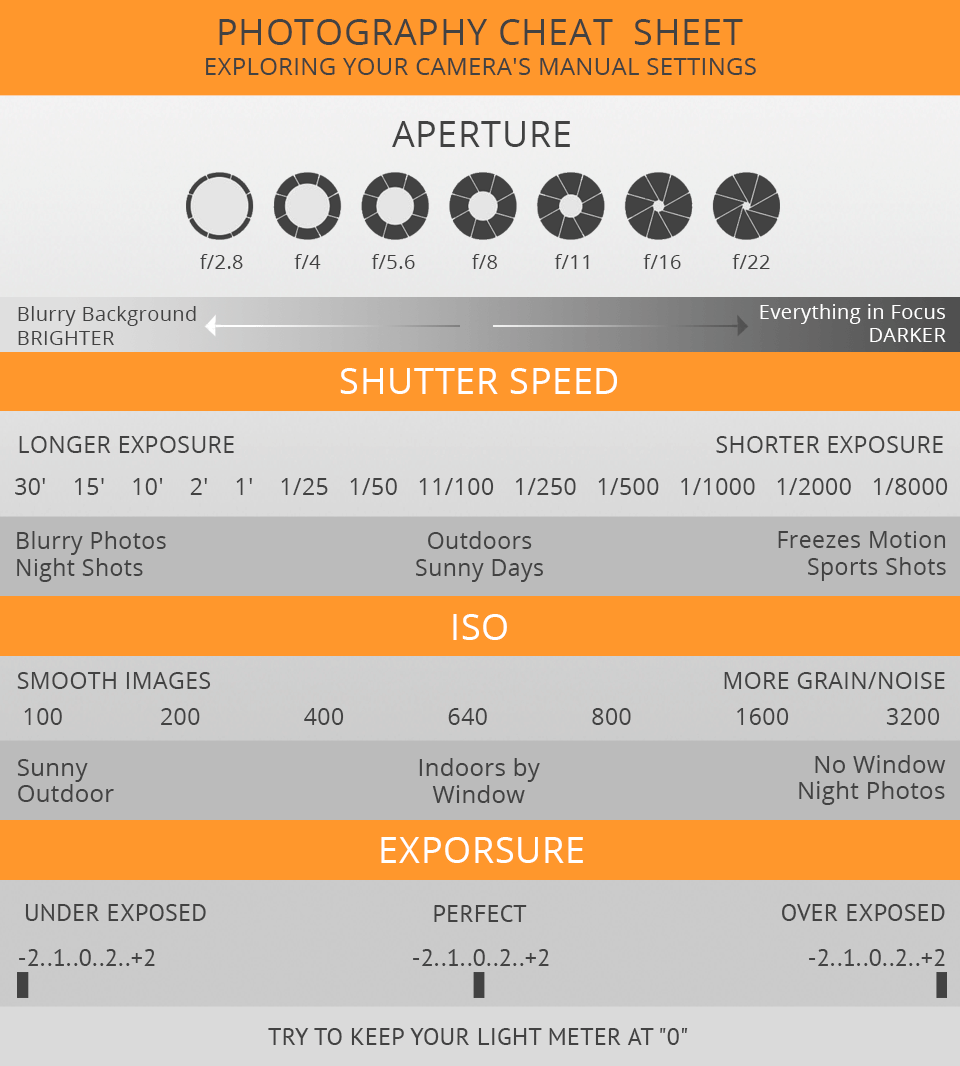Digital Photography Tips For Beginners: Mastering Your Video Camera In No Time At All
Digital Photography Tips For Beginners: Mastering Your Video Camera In No Time At All
Blog Article
Published By-Weber Dalton
When you first grab your cam, it can really feel overwhelming with all the setups and options available. You could find yourself questioning just how to navigate aperture, shutter speed, and ISO successfully. Grasping these fundamentals is essential, yet there's more to digital photography than simply technical knowledge. Understanding composition methods and illumination problems can boost your images dramatically. So, what if you could learn simple techniques to enhance your abilities and begin catching excellent photos quicker than you assume? Let's explore just how to change your digital photography trip.
Comprehending Electronic Camera Settings
Understanding your video camera settings is critical for recording stunning photos. When you grab your electronic camera, familiarize on your own with the three primary settings: aperture, shutter rate, and ISO. Each plays a crucial function in just how your photos end up.
Beginning with aperture, which regulates the amount of light getting in the lens. A bigger aperture (lower f-number) lets in much more light and produces an attractive background blur, perfect for portraits. Conversely, a narrower aperture (greater f-number) keeps more of the scene in emphasis, ideal for landscapes.
Next, concentrate on shutter rate. This setting figures out how much time your video camera's sensing unit is subjected to light. A fast shutter rate freezes movement, which is fantastic for action shots, while a slow shutter speed can produce stunning results like smooth water in landscapes.
Finally, adjust your ISO. This setup influences your video camera's level of sensitivity to light. A higher ISO is useful in low-light circumstances however can present sound or grain. Aim for the lowest ISO feasible while still attaining proper exposure.
Composition Strategies
When you're out shooting, structure can make all the difference in exactly how your pictures reverberate with viewers. Begin by using https://metro.co.uk/2019/06/25/kate-element-passes-photography-tips-children-10069709/ of thirds; imagine your structure separated right into 9 equivalent areas with two straight and 2 upright lines. Placement crucial elements along these lines or at their junctions to create equilibrium and rate of interest.
Next, think about leading lines. These all-natural lines in your scene, like roads or rivers, draw the viewer's eye into the picture, directing them with the tale you're telling.
Don't ignore framing; use aspects within your scene, like trees or home windows, to create a frame around your topic, adding deepness and focus.
Also, watch on your background. A cluttered background can sidetrack from your major topic, while a basic one aids it stand apart.
Lastly, explore proportion and patterns; they can develop a striking image that captures interest.
Learning Lighting Issues
Understanding lights problems is essential for recording sensational photos, as the best light can change a regular scene into something extraordinary.
Start by observing all-natural light at different times of the day. Early mornings and late afternoons supply the best light, referred to as the gold hour. The soft, warm tones during these times can improve your images wonderfully.
Do not avoid cloudy days either; diffused light can lessen rough shadows and create a pleasing effect, specifically for portraits.
https://telegra.ph/Unlock-The-Keys-To-Discovering-The-Best-Video-Camera-For-Your-Needs-Yet-Which-Kind-Will-Really-Catch-Your-Vision-01-07 with backlighting by placing your topic against the light. This method can produce a dreamy halo effect and include depth to your photos.
Pay attention to your camera settings also. Change the ISO, aperture, and shutter rate to fit the lights problems. A greater ISO can aid in low light, however beware of grain.
Make use of a tripod in darker environments to avoid blur.
Lastly, do not forget fabricated lights. Flash and continuous lights can be fantastic devices for managing light in difficult conditions.
Verdict
In conclusion, mastering your video camera doesn't need to be overwhelming. By recognizing your settings, applying structure strategies, and taking advantage of the power of natural light, you'll quickly raise your digital photography abilities. Remember, practice makes perfect, so get out there and trying out your newfound expertise. With time and commitment, you'll be recording sensational photos that show your one-of-a-kind perspective. Take pleasure in the trip, and don't fail to remember to have a good time while you go to it!
